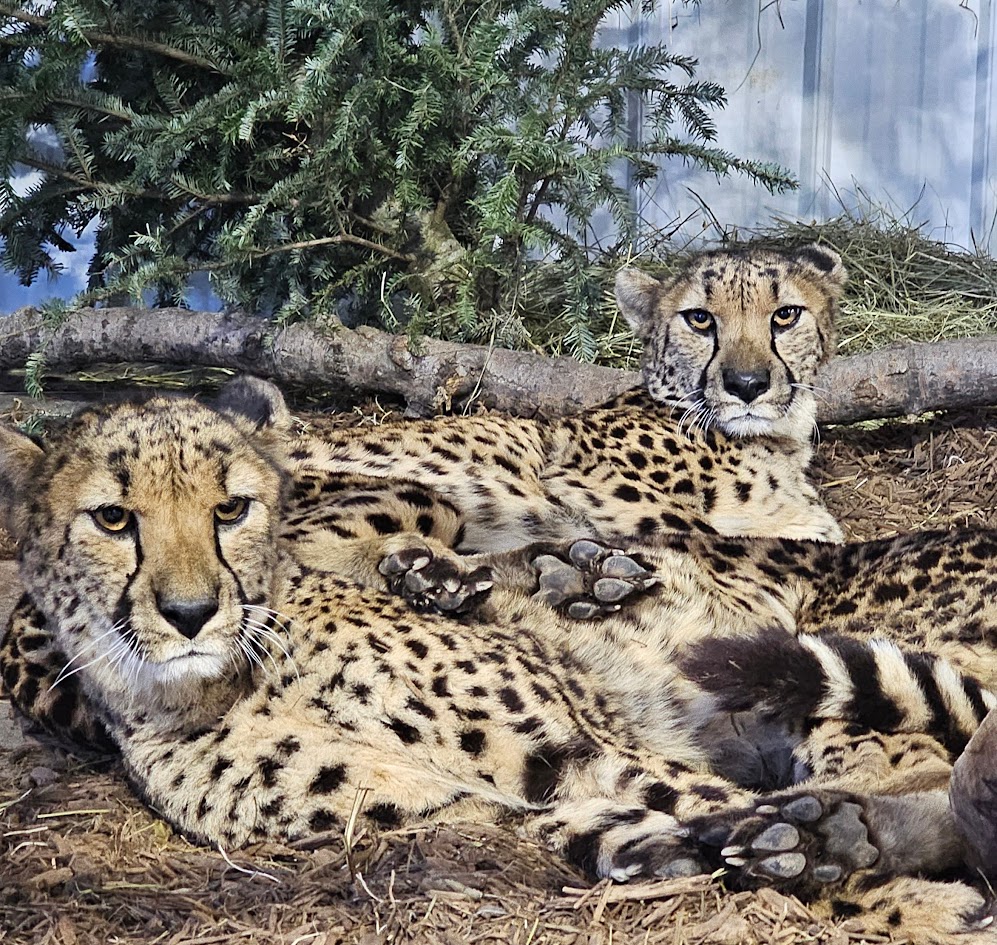- The Importance of Cheetah Conservation and Challenges
- Insights into the Cheetah Breeding Facility and Conservation Efforts
- Understanding Cheetah Husbandry and Its Role in Breeding Programs
- The Global Impact of Cheetah Conservation Efforts
- Behind-the-Scenes Access and Educational Opportunities
The Importance of Cheetah Conservation and Challenges
Cheetah conservation is a critical issue in today’s environmental landscape. As the fastest land animal, the cheetah is an iconic symbol of speed and grace. However, its sleek beauty and prowess mask a troubling story of declining numbers. Over the last century, cheetah populations have plummeted significantly. Habitat loss, human-wildlife conflict, and illegal wildlife trade have contributed vastly to their decreasing numbers. Today, experts estimate that there are fewer than 7,000 cheetahs left in the wild, with populations scattered across Africa and a small population in Iran.
The Khan family is particularly vulnerable due to their low genetic diversity, which can lead to inbreeding and susceptibility to diseases. Conservationists are tirelessly working to improve genetic variability by managing and sharing genetic data across global institutions. The International Cheetah Studbook, maintained by experts, records genealogies and assists in pairing individuals for breeding. This effort is crucial for bolstering genetic diversity and ensuring their survival. Conservation initiatives aim not only to increase numbers but also to drive public awareness and support for habitat protection and community involvement, strategies critical for sustainable conservation.
Insights into the Cheetah Breeding Facility and Conservation Efforts
Visitors of the Cheetah Conservation Backstage Experience gain unparalleled access to an advanced cheetah breeding facility, designed to accelerate conservation efforts through scientific research and breeding. This facility represents a critical component in conserving the cheetah species and serves as a central hub for various interlinked conservation endeavors.
The facility is equipped with cutting-edge technology that supports the health and genetic monitoring of each cheetah. Here, biologists and veterinarians utilize advanced reproductive technologies such as artificial insemination and embryo transfer. Such interventions are significant for maintaining and increasing genetic diversity by facilitating reproduction in isolated or genetically less-diverse populations. The breeding process is further augmented by behavioral studies, which help to optimize compatibility between breeding pairs.
Additionally, field researchers from this facility actively collaborate with conservation programs across Africa. This international partnership focuses on protecting natural habitats and implementing anti-poaching measures. Through cross-border collaborations, conservation centers exchange information and insights to enhance the effectiveness of these programs globally.
Understanding Cheetah Husbandry and Its Role in Breeding Programs
Cheetah husbandry is another cornerstone of successful breeding programs. The meticulous care provided by expert animal care staff ensures that cheetahs remain in peak physical and mental condition, crucial for reproduction. Husbandry practices are developed from years of scientific research and field observation.
Regular health assessments, nutrition management, and environmental enrichment are carefully orchestrated to replicate a cheetah’s natural environment. This is paramount, as the stress of captivity can adversely affect the animals’ well-being and breeding success. Cheetahs are solitary creatures; hence, understanding individual personalities and behaviors is vital for creating a conducive environment for both breeding and daily care.
Moreover, environmental enrichment activities are designed to stimulate their natural behaviors, such as sprinting and hunting. This not only improves their physical health but also enhances their ability to thrive upon eventual release into the wild or semi-wild environments.
The Global Impact of Cheetah Conservation Efforts
Cheetah conservation has implications that extend far beyond the species itself. As apex predators, cheetahs play a critical role in maintaining the health and balance of ecosystems. They help control prey populations, which in turn affects vegetation patterns and the overall health of the environment.
Efforts to conserve cheetahs often incorporate community-based solutions. By involving local communities in conservation, projects help foster a sense of ownership and stewardship over natural resources. Initiatives such as eco-tourism provide alternative income sources to local populations, reducing the reliance on activities that may harm wildlife.
Conferences and seminars organized by conservation bodies further aid in spreading awareness and educating the global community on the importance of biodiversity. Through education and outreach, these programs inspire a new generation of conservationists dedicated to preserving the planet’s rich natural heritage.
Behind-the-Scenes Access and Educational Opportunities
The Cheetah Conservation Backstage Experience offers a rare educational opportunity for enthusiasts of all ages. Participants are led by experienced guides like Carol E., a supervisor with extensive knowledge in zoology, into areas typically restricted to researchers and staff.
During the tour, attendees learn about the intricate balance of maintaining genetic health through selective breeding and the careful monitoring of the cheetah population dynamics. They are introduced to the critical scientific methodologies that underpin these efforts and the complex challenges that conservationists face.
Guided discussions emphasize how every action, from local conservation practices to international policy-making, contributes to the fight against the rapid decline of cheetah populations. Through real-life insights and interactions, participants gain a comprehensive understanding of conservation efforts and are encouraged to support these endeavors through advocacy and direct involvement.
In conclusion, the Cheetah Conservation Backstage Experience is more than a mere glimpse into a breeding facility; it is a testament to the commitment to save one of nature’s most majestic species from the brink of extinction. Through education, community involvement, and advanced scientific methods, we can hope to preserve the legacy of the cheetah for generations to come.
*****
Source Description
Cheetah Conservation Backstage Experience!
Don’t miss your chance to see our spots: LINK IN BIO 🐆
Get an exclusive look at our state-of-the-art Cheetah Conservation Breeding Facility! Learn from expert animal care staff about cheetah husbandry, breeding, and their vital role in global conservation efforts. This area is only accessible to the public through this unique experience!
Offered at 10:30 a.m. every other Saturday from June through September.
📸: Carol E., supervisor


